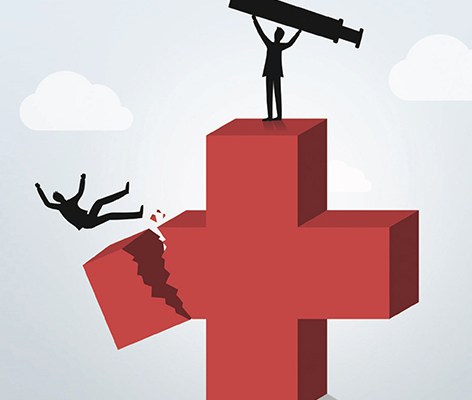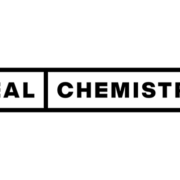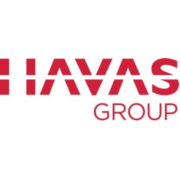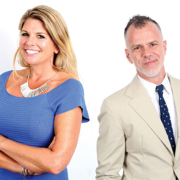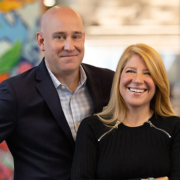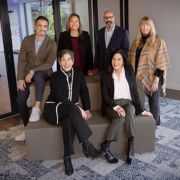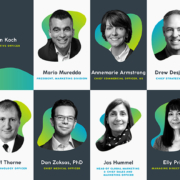The challenge of our time
The challenge of our time
The looming reality of health inequity and how healthcare communicators can help fight against it
By Matt D’Auria and the HCG Health Disparities and Inequities Council
The basic calculus of healthcare communications is simple. If we do our jobs well, HCPs will learn about more diseases and treatments and be able to use that knowledge to prevent or assuage more patient suffering. If we don’t do our jobs well, then HCPs will have to work harder to find information and may miss out on knowledge that could help avert patient suffering.
But what does it mean to do our jobs well?
As each day passes an awareness is growing in the healthcare world, an awareness that something is out of balance. HCPs know it, patients know it, pharma, payers, and hospital systems large and small know it. Healthcare communicators know it, too. No amount of wishful thinking will allow us to overlook the fact that access to healthcare is far from equitable around the world. One of the many things the COVID-19 pandemic has spotlighted is how one disease can affect different groups of people in remarkably different ways.1 Socioeconomic factors driving certain groups back to work and into harm’s way at higher rates than others, poorer outcomes for certain ethnicities, differing levels and access to care, attitudes and trust of vaccines – we’ve all seen how health inequities based on race or ethnicity, sexual orientation or gender identity, cultural or religious beliefs, socioeconomic status, or any number of other characteristics, can influence outcomes on a global scale. In short, healthcare experiences are decidedly inequitable, and that inequity adds substantially to human suffering worldwide.
On top of that, aside from the obvious human cost, inequity in care carries a substantial financial cost. The actuaries at Deloitte recently calculated that inequities in health care account for $320 billion in additional annual spending in the United States alone, or about $1,000 per year for every man, woman, and child in the country, plus another $42 billion in lost productivity each year.2
Those of us in health care may not all know the specifics or the exact numbers, but we can surely recognize that some of our fellow humans are getting the short end of the stick when it comes to health care, that some are suffering more and dying younger because of it, and that this damages us all.
The disparities and inequities of health care seem like one of those problems that’s so big that it seems impossible for any one individual to make a noticeable dent. So, this is going to have to be a team effort. Everyone involved in the business of health care needs to build awareness of the impact of health disparities and inequities and think about how they might be able to contribute to eliminating them.
We at HCG believe that medical communication professionals and organizations can, and must, play an important role in shaping how health care can be more equitably accessed and delivered around the world. But in order to do so, we must first commit to changing the way we think about the responsibility we owe to our audiences. A mantra in our industry is that we want to deliver the right message in the right place at the right time to the right person, but the way we approach this needs to change: we now need to think about each of these four factors through a health equity lens. As important as communicating the science and clinical data to the target group of HCPs may be, we also must ensure that our content proactively contextualizes social determinants of health and is designed and distributed in a way that better enables our audiences to take action against disparities and inequities. We must also think differently about who our audience is and the patients whose lives we are trying to impact – not as an average or aggregate, but as diverse groups of individuals. We must operationalize awareness of health disparities and inequities in our business practices, and we must develop content and messaging accordingly. Addressing health inequities must become a part of our identity and be incorporated into our daily work.
What does operationalizing awareness mean? We do this by developing a framework to examine our own practices and make improvements. We explore, educate, and embrace.
Explore
We have begun by exploring the literature and research in any given disease space or therapy area and doing our own research to find out what disparities might exist – using focus groups, discussions on physician social networks, stakeholder interviews, social listening, and partnering with opinion leaders – to form a clear picture of the challenges being faced and the gaps in care. And it means making sure that whatever is learned from our research is broadly communicated throughout our organization. We need to equip ourselves and colleagues with the information, tools, and guidance to support awareness and foster conversations about health disparities and inequities.
Educate
The next step is examining our role in educating others. Each time we partner with a client to develop educational materials, we should be asking ourselves, how will these materials impact equity of care? Are we pointing out potential social roadblocks to care and offering potential solutions? Are we making sure that patients of different races, genders, ethnicities, and levels of education will be able to understand the information? Whomever the audience, are we making sure that they see something of themselves in the material? Diverse representation matters; even something as simple as ensuring advisory panels and meeting faculty include diverse faces and voices, or making sure we have appropriate representation in our medical illustrations can help. Going a step further, educational materials in languages, formats, and channels that are readily accessible to everyone may offer a powerful vehicle to empower patients to make better decisions about their health care. We also need to ensure that HCPs are equipped to address the healthcare needs of the actual population they are serving. For example, while a physician treating patients with diabetes in a more affluent area may be able to focus on clinical parameters, their peer in a less affluent area may also have to consider social determinants of health like whether the patient has access to affordable nutritious foods. Each physician needs different educational materials to best serve their pool of patients, and it is our responsibility to make ourselves aware of such differences and provide materials accordingly.
The good news is that the direction modern medical communications is headed (i.e., towards “precision medical education”) is well-suited to such an undertaking. We have the tools and data to map out and understand patient populations and our HCP audiences, and to listen to what their needs are, with greater accuracy than ever before. We can take advantage of this understanding to create content targeted toward addressing specific health disparities or inequities. We can develop this content in modules and distribute personalized content built from these modules. This content can be updated to meet the changing needs of HCPs and their patients at a local level, as we learn more about their needs. In fact, omnichannel is well-suited to dealing with the challenges of learning and educating HCPs and patients about health disparities and inequities by ensuring this content reaches the right people through the most effective channels. We now just need to make sure that we add in health inequity and disparity considerations in with the set of variables we are already using. What’s required is less a technological innovation than an innovation of mindset.
Embrace
At HCG we’ve embraced that innovation of mindset and encourage our peers to do the same. We’ve begun studying the data to try and tease out health inequities that impact our audiences. We’ve developed a common lexicon and “conversation starters,” questions we can ask of ourselves and our clients to seek out potential sources of bias in care. We’re identifying experts on health disparities and asking them to share their knowledge. And we’re looking to the relationships we’ve already built with opinion leaders across the whole spectrum of diseases and specialties, both to learn and to educate. These are all small steps, but they are reflective of a company-wide philosophy.
The ocean is large and our boat is small. But awareness is growing throughout our industry that this can and must be done. So whatever your role may be in the world of healthcare communications, we ask that you join us in placing the challenge of addressing health inequity at the top of your priority list. All of us chose this business, this business that involves us in the health of humankind as few other businesses do, and we together have the power to raise awareness and move the needle toward achieving health equity.
References
- Berkowitz, C. and C. “COVID-19 and health equity – time to think big.” (July 22, 2020). New England Journal of Medicine. https://www.nejm.org/doi/full/10.1056/NEJMp2021209
- Batra, N., et al. (June 22, 2022). “US health care can’t afford health inequities.” Deloitte Insights. https://www2.deloitte.com/us/en/insights/industry/health-care/economic-cost-of-health-disparities.html
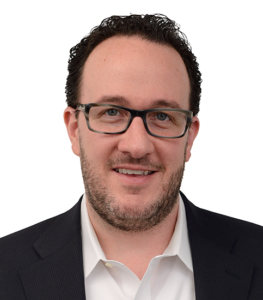 |
Matt D’Auria is CEO of Healthcare Consultancy Group. |

